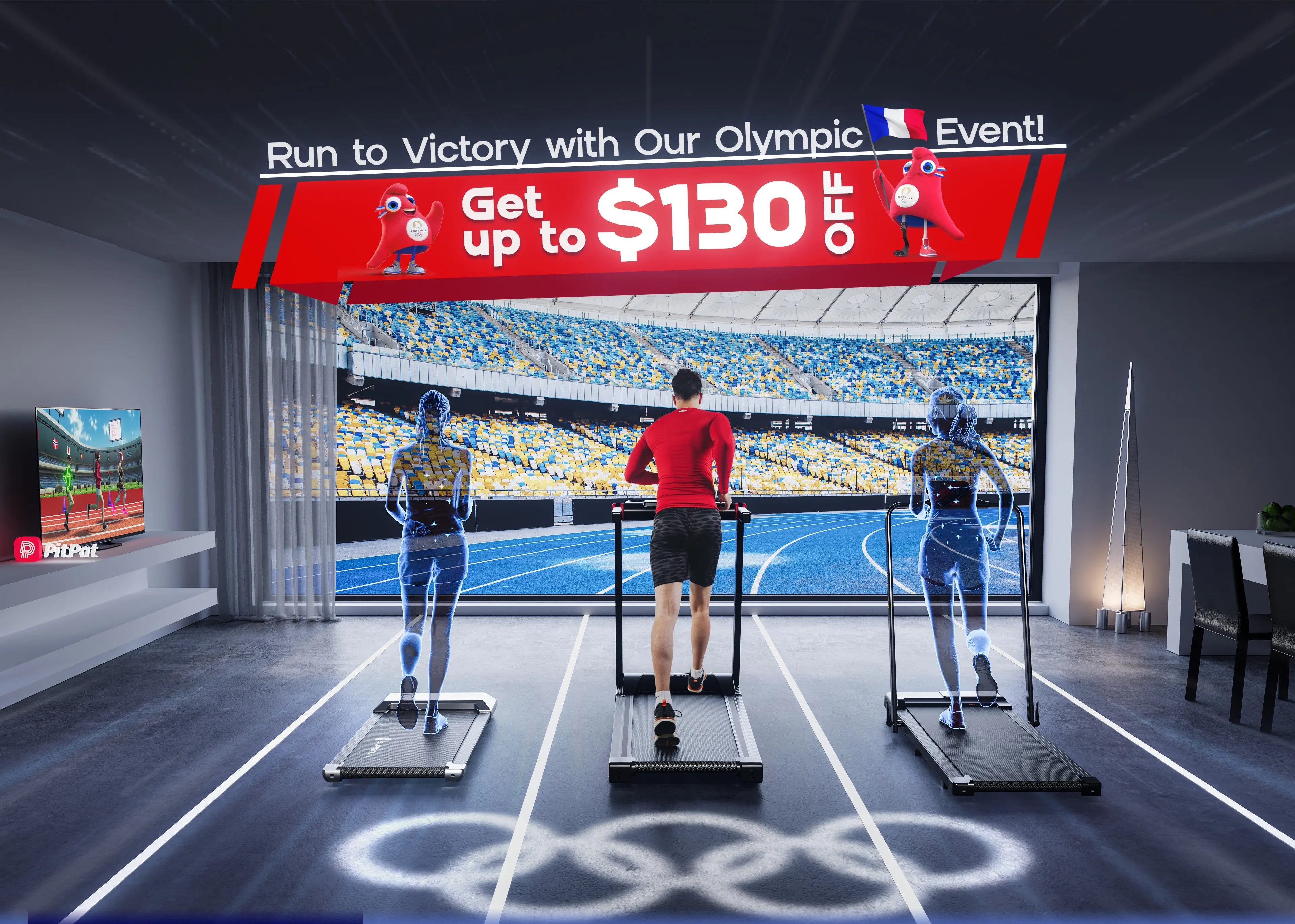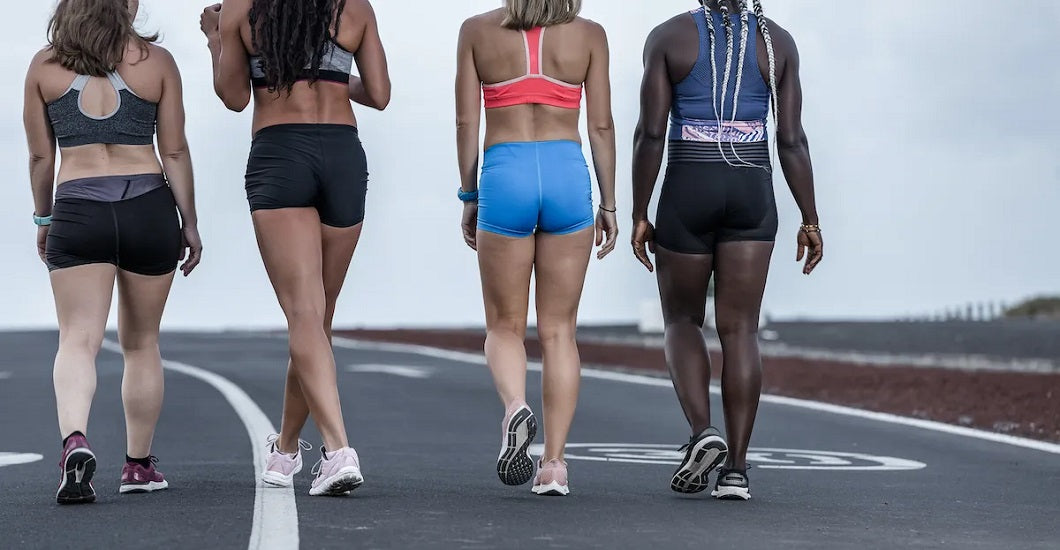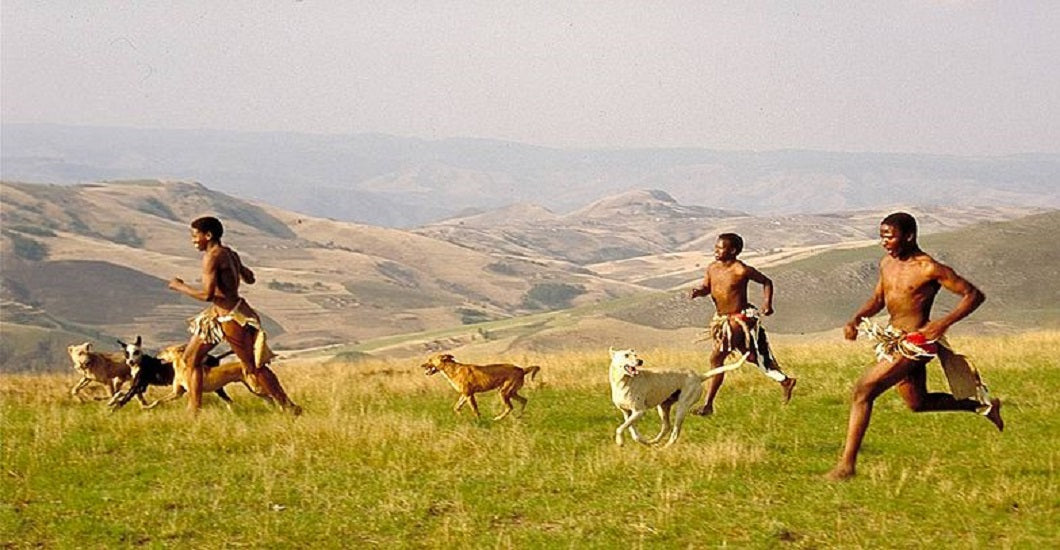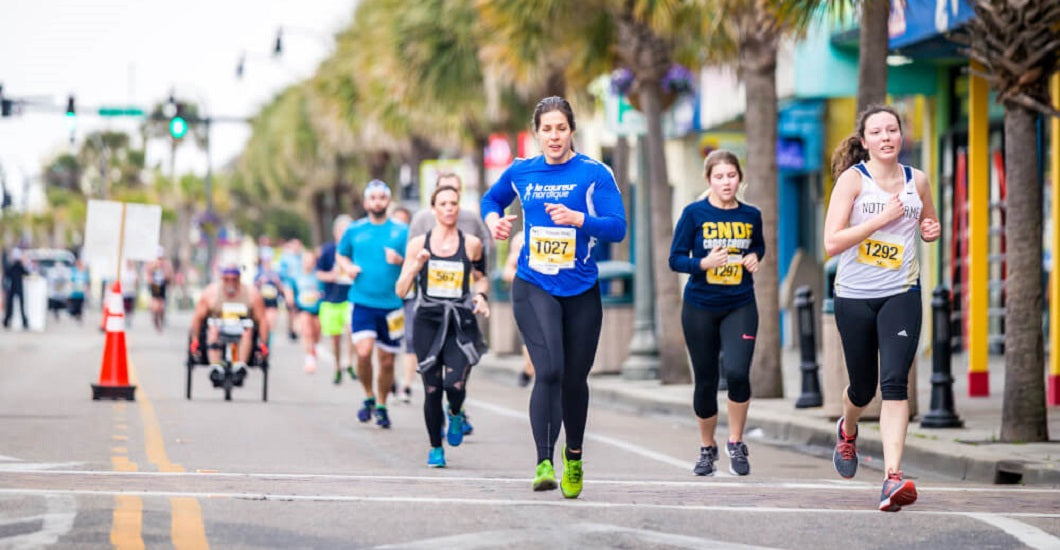A shapely butt always can make people turn heads and leaves people with an indelible impression. The quest for a perfectly toned derriere has become an enduring aspiration in the world of fitness and beauty. Whether it's for aesthetic appeal, increased confidence, or simply to fill out those jeans just right, the desire for a more prominent posterior is a topic that many can't help but be drawn to.
In the pursuit of the ideal butt, countless misconceptions have arisen. Running is one of these misconceptions. Some people believe that running can miraculously transform a flat or flabby butt to be firm and round. This belief has led many people to start to hit the running trails with high hopes, expecting their butt to swell in size as they log those miles. People start running outside or running on a treadmill at home. But, is it workable? Let's talk about it today.
To uncover the truth about running and its influence on the butt's size and shape, we need to do some material collection and analysis. Today’s article will take us through the butt anatomy, the science behind muscle development, the role of nutrition, and the importance of a well-rounded fitness routine. So, let’s get started.
Understanding Butt Anatomy
What are glutes and what makes up your glutes?
Glutes, short for gluteal muscles, are a group of three major muscles that make up the buttocks. These three major muscles play a crucial role in various lower body movements, including walking, running, sitting, and standing. The three primary muscles that make up your glutes are:
- Gluteus Maximus
- Gluteus Medius
- Gluteus Minimus

Gluteus Maximus: This is the largest and outermost muscle of the gluteal group. It's responsible for the overall shape and size of your butts. The gluteus maximus is primarily responsible for extending and laterally rotating the hip joint, allowing people to perform movements like standing up from a seated position, climbing stairs, and running.
Gluteus Medius: Located beneath the gluteus maximus, the gluteus medius is a smaller muscle that plays a crucial role in stabilizing the pelvis during various movements.
Gluteus Minimus: This is the smallest of the three gluteal muscles and lies beneath the gluteus medius. Like the gluteus medius, the gluteus minimus also assists in abduction and medial (inward) rotation of the hip. Its primary function is to stabilize the hip joint and maintain proper alignment of the pelvis during movement.
These three gluteal muscles work together to provide stability, power, and control during a wide range of lower-body activities. Strengthening these muscles through exercises like squats, lunges, deadlifts, and specific glute-targeted workouts can help improve your overall lower body strength and appearance.
What muscles are responsible for your butt's shape?
The gluteal muscles are responsible for shaping your butt, especially the gluteus maximus.
Why do some people naturally have bigger butts?
The role of genetics in determining the size and shape of an individual's butts is significant. Genetics influence various aspects of your body, including the distribution of fat, muscle mass, and bone structure. That’s why some people naturally have bigger butts due to their genetics.
Running and Gluteal Muscles Growth
- Running activates glutes:
When you run, your gluteal muscles, including the gluteus maximus, medius, and minimus, are actively engaged to propel you forward and stabilize your hips.
- Running improves the muscle endurance:
Running is a cardiovascular exercise that primarily promotes muscle endurance.
Running and Muscle Development
The cardiovascular benefits of running.
Running offers a wide range of cardiovascular benefits that contribute to improved overall fitness.
- Increased Heart Health.
- Improved Lung Capacity.
- Enhanced Blood Circulation.
- Weight Management.
- Lowered Cholesterol Levels.
- Enhanced Blood Sugar Control.
- Stress Reduction.
- Better Sleep.
- Longevity.
How running can build your butt?
Running can play a role in building lean muscle in your butts and help sculpt a firmer and shapelier backside. Here's how running can contribute to butt muscle development and overall toning:
- Strengthen Gluteal Muscles:
Running is a lower-body exercise that actively engages your gluteal muscles, including the gluteus maximus, medius, and minimus.
These muscles are responsible for hip extension and stabilization, crucial movements during running. When you are running, your glutes contract to propel your body forward and maintain balance.
- Activation During Hill Running:
Running uphill or on inclined treadmills additional stress on your gluteal muscles. To push against gravity, your glutes need to work harder to lift your body upward.
Hill running outside or on a treadmill can be an excellent way to specifically target and strengthen your butt muscles.
- Sprinting for Muscle Activation:
Sprinting engages your glutes more intensely than steady-state jogging.
The explosive power required for sprinting relies on the gluteus maximus for generating force.
- Endurance Training for Muscle Toning:
Long-distance running, such as marathon training, may not lead to significant muscle growth, but it can help tone and tighten your gluteal muscles.
- Consistency is Key:
To see noticeable changes in your butts, consistency is essential. Regular running over an extended period allows for muscle adaptation and growth.
You can set a running routine on a fitness app. Then you can run on the smart treadmill and follow up your routine regularly.

- Balanced Nutrition:
Proper nutrition is critical for muscle development. Ensure you're consuming enough protein to support muscle repair and growth.
A balanced diet that includes lean proteins, healthy fats, and carbohydrates will provide the necessary nutrients for overall fitness and muscle sculpting.
- Cross-Training:
While running can contribute to butt muscle development, incorporating cross-training exercises like squats, lunges, deadlifts, and glute bridges also can provide a more comprehensive approach to sculpting your butt.
Resistance Training vs. Running
Resistance training is a highly effective way to target and strengthen specific muscle groups in your butts. Here's how you can use resistance training to focus on glute muscles:
- Squats:
Squats are one of the best compound exercises for working the entire gluteal complex, especially the gluteus maximus.

- Lunges:
Lunges target both the gluteus maximus and the gluteus medius.

- Deadlifts:
Deadlifts primarily engage the gluteus maximus and also work the hamstrings and lower back.

- Glute Bridges:
Glute bridges specifically isolate and target the glutes.

- Resistance Bands:
Resistance bands are versatile tools for targeting the glutes. You can use them in exercises like lateral leg raises, donkey kicks, and fire hydrants.
These exercises work the gluteus medius and minimus, helping to shape and define your butt.
Conclusion
Running does not guarantee a bigger butt.
The true benefits of running: Improved health, strength, and confidence.
While we've explored the relationship between running, resistance training, and butt muscle growth, it's essential to emphasize that the pursuit of a healthy lifestyle goes beyond the desire for a specific body shape or size. Your overall well-being encompasses physical, mental, and emotional health, and it should always be the primary focus of your fitness.






Leave a comment
All comments are moderated before being published.
This site is protected by hCaptcha and the hCaptcha Privacy Policy and Terms of Service apply.